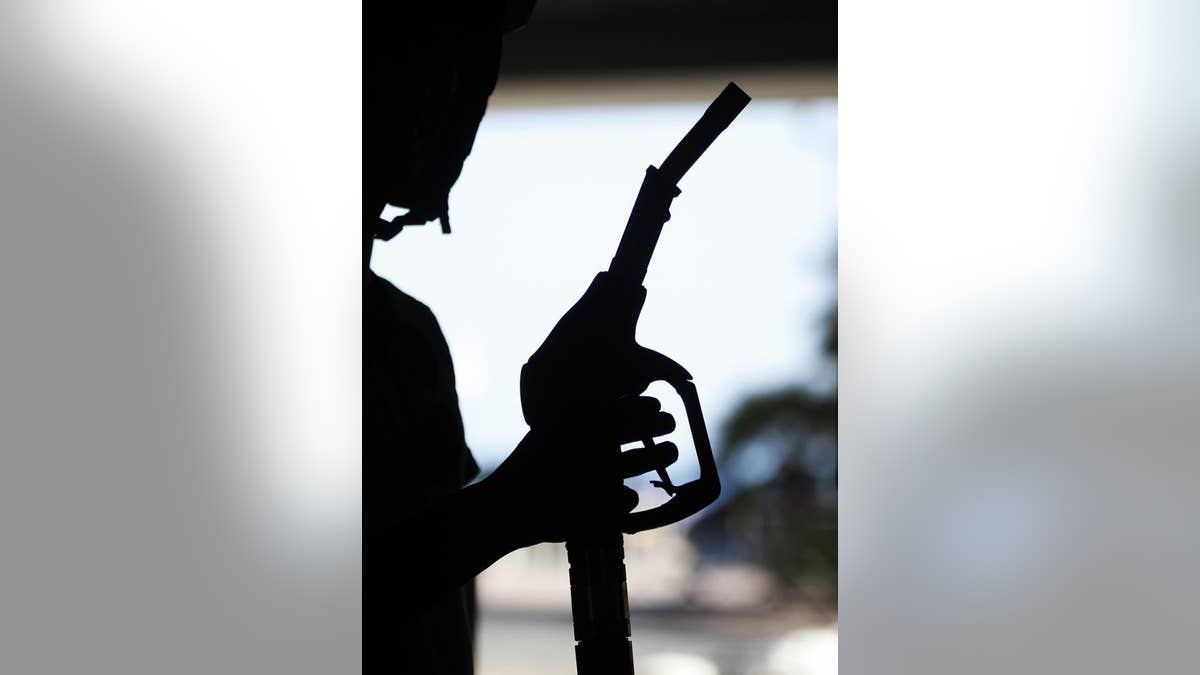
(Reuters)
Gas prices are pretty steep nowadays. If you're not in a position to carpool or use public transportation, the cost of getting around is probably taking a hefty chunk out of your income.
But before you start hitchhiking to work, you should know that there's something you can do to save some cash at the pump. The fuel-efficiency experts at Chevrolet have compiled a list of tips for increasing your gas mileage, which they tested by driving two identical Chevy Cruze sedans in completely different manners — one with these practices and one without. These engineers were then able to gather conclusive data about the most fuel-efficient driving habits, and what they found can potentially save you up to $100 at the gas station every month.
Read on to see what these experts had to say.
#1. Tune Up. A properly tuned engine can improve fuel economy by about 4 percent, according to the U.S. Environmental Protection Agency.
#2. Pump Up. Properly inflated tires improve gas mileage by up to 3.3 percent. They're also safer, and they last longer.
#3. Unpack. Carrying unneeded cargo makes your vehicle work harder and burn more gas. The EPA says that an extra 100 pounds reduces fuel economy up to 2 percent — even more in smaller vehicles.
#4. Slow Down. Gas mileage usually decreases rapidly at speeds above 60 mph, according to the EPA. Every 5 mph over 60 mph is like adding an additional 24 cents per gallon for gas.
#5. Avoid Idling. A car gets 0 mpg when the engine is idling. While it does take a small amount of fuel to restart a vehicle, 15 minutes idling in the drive-thru can burn through a quarter of a gallon of gas.
#6. Chill Out. Speeding, rapid acceleration and braking can all lower gas mileage by 33 percent on the highway and 5 percent in the city.
#7. Put it in Overdrive. Using an overdrive gear on the highway reduces engine speed, saving both fuel and engine wear.
#8. Roll ‘Em Down Around Town. Air conditioning reduces fuel efficiency by up to 10 percent. Avoid using the air conditioner by rolling down the windows at speeds below 40 mph.
#9. Unclog. Older cars without fuel injection and computer-controlled technology can lose 14 percent of their fuel economy because of a dirt-clogged air filter. A clean air filter improves acceleration.
#10. Use the Right Oil. Because oil reduces engine friction and friction makes an engine work harder, using the manufacturer’s recommended grade of oil improves fuel economy by 1 to 2 percent.
#11. Plan Your Trips. Taking your kids to soccer or swim classes? Or going grocery shopping? Try to plan routes to avoid heavy periods of traffic congestion.
#12. Cap Check. Loose or poorly fitting gas gaps can not only trigger a “check engine light” warning, but a missing or poorly fitting gas cap can reduce fuel economy by 1 to 2 percent.
